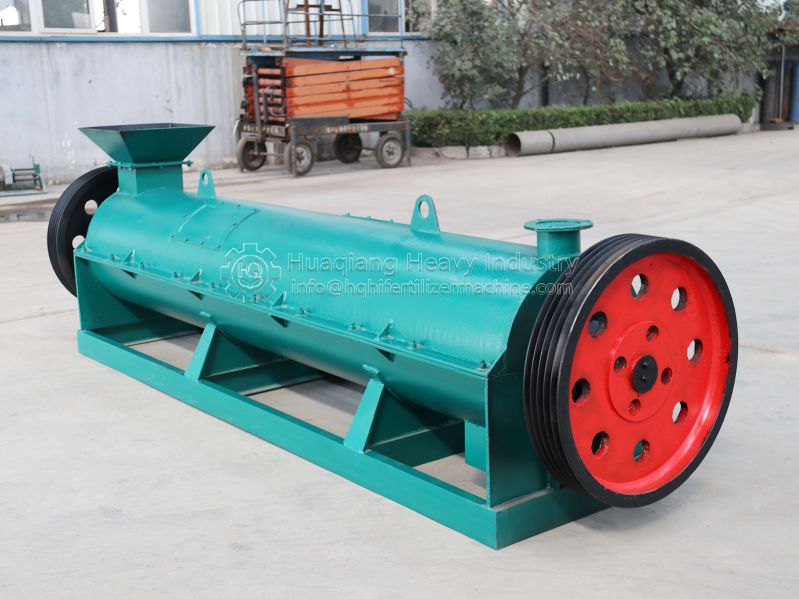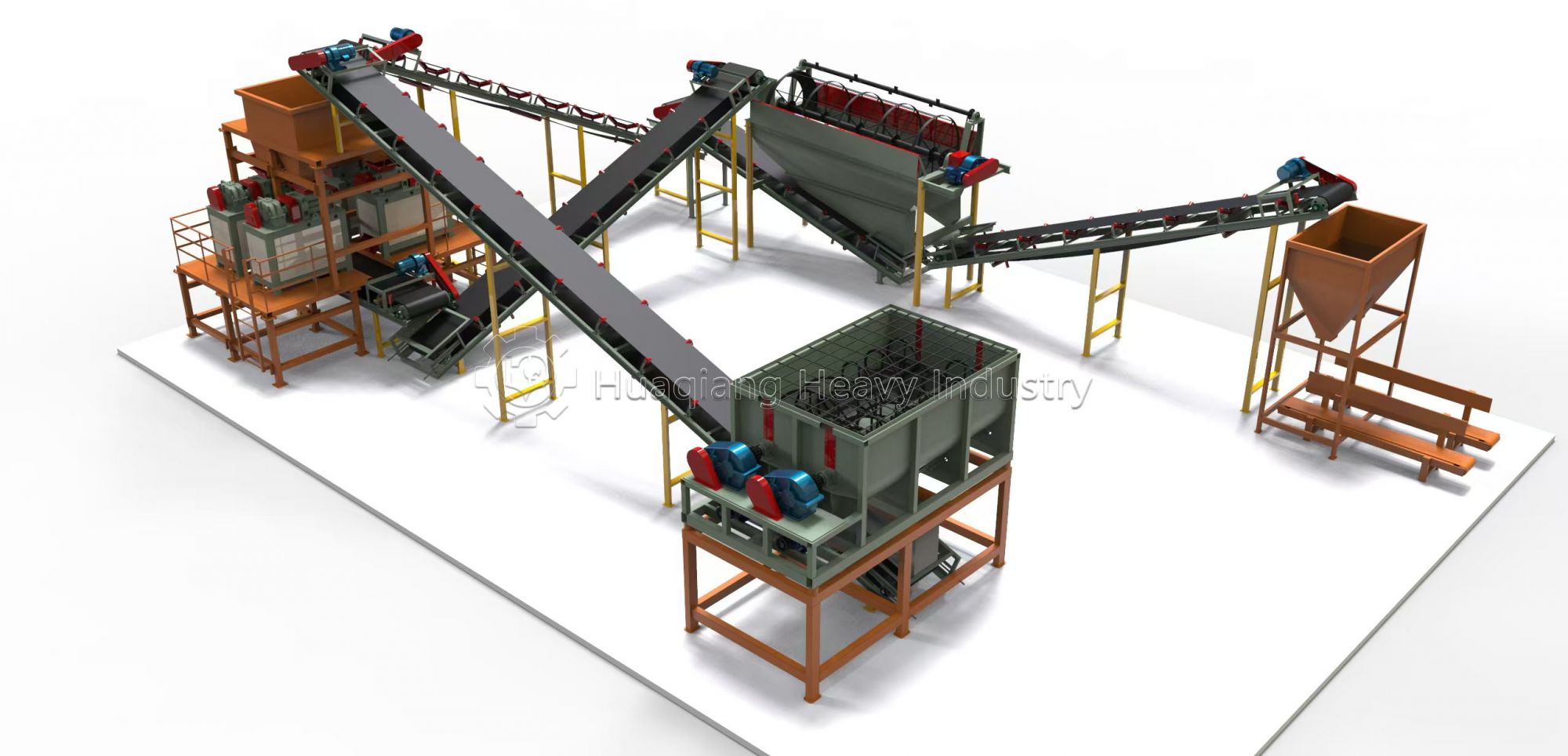Many people occasionally encounter blockages when using new type organic fertilizer granulators (raw material gets stuck in the granulation chamber, preventing pellets from coming out). However, if you take three steps in advance, this problem is virtually eliminated.
First, avoid any hard lumps in the raw material. Whether it’s manure or straw, lumps may form after fermentation. Before feeding, be sure to use a crusher to break up any lumps. Keep lumps no larger than 1 cm, otherwise they will get stuck in the die holes of the new organic fertilizer granulator. Accumulating these lumps will cause a blockage.

Second, control the moisture content of the raw material. Although new type organic fertilizer granulators are moisture-resistant, raw material that is too moist (over 65%) will stick to the granulation chamber, while too dry (less than 45%) will produce fine powder and clog the screen. Before each feeding, grab a handful of raw material and form a ball that breaks apart easily. This will ensure the raw material flows smoothly through the granulation chamber without blockage.
Third, perform a component inspection every day before starting the machine. Check the pressure roller of the new type organic fertilizer granulator to see if it’s stuck and the scraper at the discharge port to see if it’s blunt. If the roller can’t turn or the scraper is blunt, the pellets won’t come out and the machine will jam. Simply turn the roller manually and check the scraper to see if it’s sharp. If there’s any problem, adjust it immediately to avoid jams.


